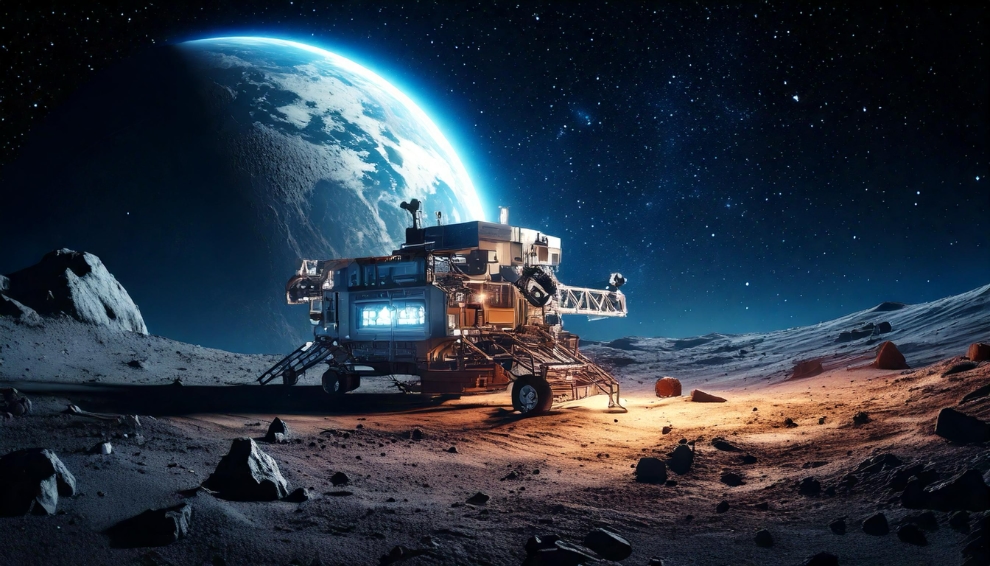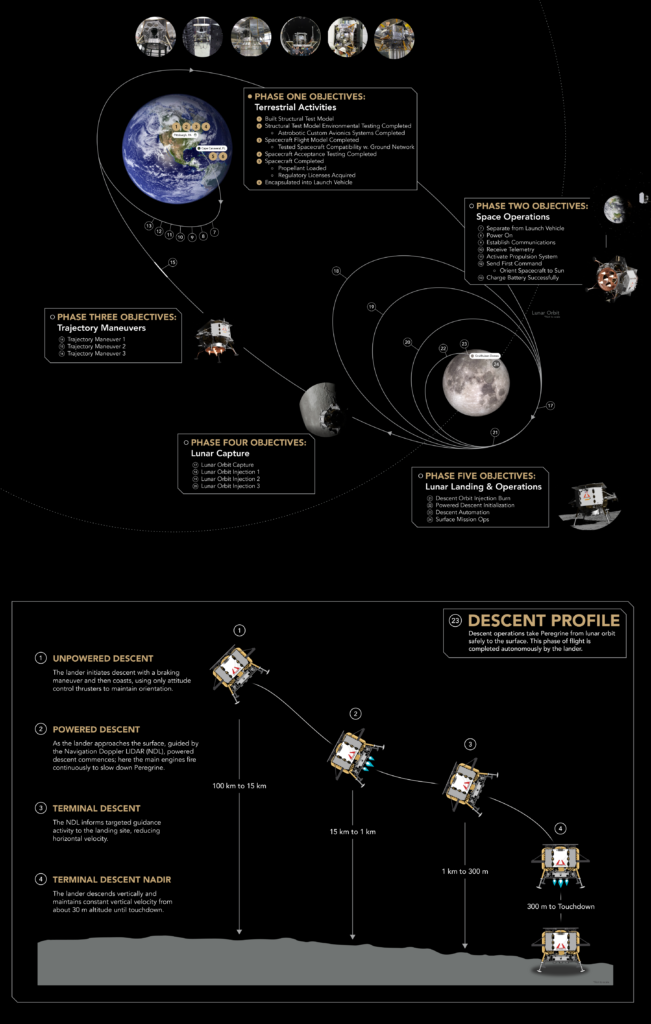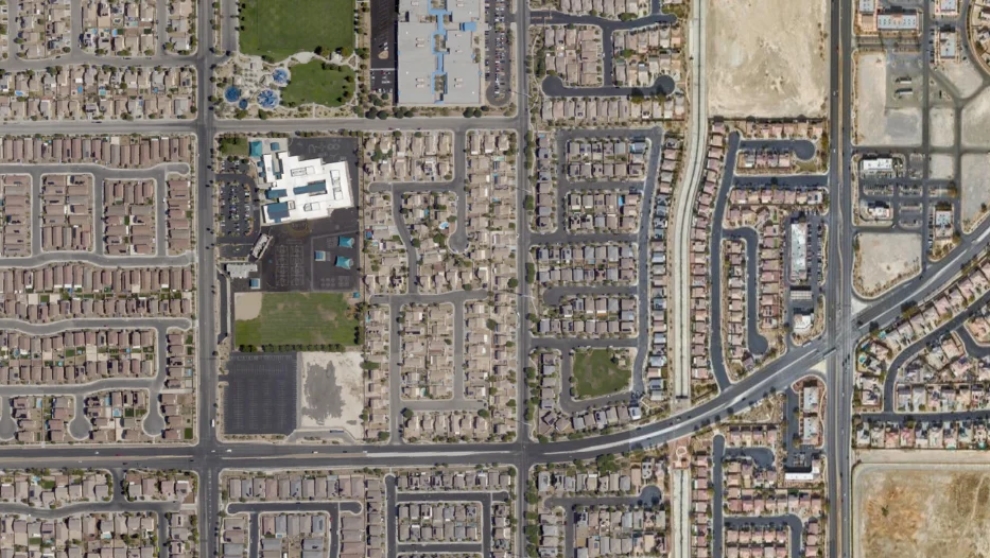If you read my regular column, you know that I have been doing a lot of thinking lately about why the space sector seems to be underperforming in the minds of some investors.
I don’t think it is a question of economics. Rather, I think it is a question of expectations. Space is not a deep-tech sector. Furthermore, cheaper ways of getting to orbit have not made it into one. They are not going to.
So, what kind of investment sector does space resemble? I have been looking for analogs of investment sectors which are like space. Aerospace and defense, and automotive came to mind. But I was not sure.
Then I ran into Salar Javid. We are both mentors in the space stream of the Creative Destruction Lab. Recently the space stream met in Oxford. The organizers arranged a tour of the Bodleian library and as Salar and I sat in the library waiting for our turn to view its impressive collection, I mentioned my thoughts about investing in space. He responded that it reminded him of the mining sector.
Now the mining sector is a topic that I know little about. But I was intrigued. So, I asked Salar if he would join me and writing and article about it. We decided to write it as a sort of “Q&A” session. A virtual fireside chat, I guess. So let me start by allowing Salar to introduce himself.
Salar: My name is Salar Javid. I am a Mining Mechanical engineer by training and have spent the last 20 years in the mining industry in multiple roles and capacities, starting as a mining engineer, and, lastly, I was the co-founder and CEO of a mining consulting firm which I recently exited. I was lucky enough to get exposed to many different sides of the mining industry, from operations, engineering, technology, and innovation to capital allocation and strategy.
I decided to join the CDL space stream because of a life-long interest in space. This love for space started with the love for astronomy early on at the age of 9. I remember I saved money to attend astronomy classes. Eventually this translated to a real passion for space exploration, and I was bent on applying my love for Engineering and space to go into automation and robotics.
Upon getting into Queen’s University, the general first year changed that course. I was told that mining was, at best, mechanized and that my affinity for autonomy and robotics could be applied in an industry where I could make a mark. So, I chose mining; it offered that promise but also the promise of exploration, world travel, and good money.
Once out of school, I was able to steer my path towards this north star by getting involved in the design, implementation, and operations of the first Remote Operating Center in the mining industry with Rio Tinto in Gillette, Wyoming, operating 5 mines from a central location. In my dreams, we were building the start of the Mission Control of the mining industry and the beginnings of building the library of learnings for human and robotic operations of other celestial bodies. This invigorated my dream into human space flight.
In 2016, I also applied to be an astronaut, but we know where that ended up … Not an astronaut, but more determined than ever to bring my dream of space and my expertise in mining closer together. So since then, I started to take concrete and measured steps to get myself more acquainted with the space industry and promised myself to always keep the space industry a part of not only my personal life but my professional life.
Iain: Thanks, I am so glad that you decided to get to space by way of digging underground. It’s not the normal pathway, but I really think it works. Not only because of the technical challenge of remote operations but also because the nature of the businesses are similar in ways that might not be obvious. They were not obvious to me until you pointed them out.
Salar: I really do see many parallels in the mining and space industry: its yearning for exploration and expansion of frontiers, its remoteness, the mindset associated with it. But also, the very nature of trying to build a business, the financial capital and operating structure, the use of technology and innovation which come with significant costs and particular kinds of risk. Also challenges in logistics and in achieving operational efficiency to be successful as a business. And, maybe most importantly, its people. Like mining, space depends on smart, talented, people with very particular experience. Experience that can only be gained by having “been there and done that.
Iain: I agree. You definitely make it sound like the business of extracting resources from the planet is a lot like the business of trying to leave the planet. I would love to dive deeper into all of those aspects – particularly the people. That might be a great idea for another set of articles, but for now, let’s talk a bit more about the similarities on the capital and investment side.
Salar: Well, I really think that space has a lot to learn from mining. In part because mining has been through the kind of shift in the source of capital – and the expansion of available capital that space is going through right now. I think, in particular, we need to talk about the area of financial and market risk evaluation, management and mitigation.
As you can imagine, both space and mining are highly capital (CapEx) intensive, with long payback periods, high risk and reward profiles, and a constant need for infrastructure and technological investment. Moreover, both sectors are heavily influenced by regulatory and geopolitical risk. ESG (Environmental, Social and corporate Governance) is a growing component and concern with investors and communities.
But if I really wanted to squeeze the rag and further highlight some similarities, I would have to say that mining has had a long history of public-private investment, and the space sector is seeing the same kind of shift from purely governmental investment to a mixed model. The effect of this shift in the mining industry was increased consolidation and merger activity not only as a means for risk mitigation but to optimize capital allocation and value for shareholders. I think space is going to see the same effect. In fact, it has already started.
Iain: Well, Salar, I have to admit you have my interest. I have been talking (and writing) about the fact that space seems to be ripe for consolidation for a while. But I think most founders would agree that it is becoming a challenge to find investors willing to see the possibilities and to buy into taking that route. I assume that the same thing happened in mining. Can you maybe talk to me a bit in more detail about how mining navigated that shift and maybe some ways you think space can borrow some of these ideas?
Salar: Look, I want to preface the next set of ideas and statements as not fully explored or simple out-of-the-box ideas which need to be nurtured and refined.
Having said that, in terms of capital allocation, I think that there is a way for investors drawn to the space sector to leverage their understanding of mining’s risk management, project lifecycle, and capital investment structures. These methods may not be perfect, but they are tried and tested and have contributed to shareholder confidence and risk management in a highly capital-intensive sector.
There are investors who are convinced that despite all these challenges, mining is a sector where they want to make investments. Because those investments will make them money. Space needs to find investors who can be convinced the same is true of space.
Iain: Well, that does kind of sum up the problem as I see it. I am now even more convinced that I need to hear more about how the Mining industry managed that shift from investors who are “Traders” to those that want to be “Owners.”
Salar: Well, basically the mining industry was forced to confront the issue because of a very high profile “scandal” within the industry. Do you remember the Bre-X affair? It unfolded in the 1990s is one of the most infamous frauds in mining history in Canada and the world. It was the subject of the movie “Gold” with Matthew McConaughey.
It started when Bre-X, a small Canadian firm, announced that they had discovered a massive gold deposit in Busang, Indonesia. As the hype around the size of the deposit escalated, so did the company’s stock, drawing in investors from all corners of the globe. But it all came crashing down when it was exposed that the gold findings were a sham; the core samples had been tampered with by sprinkling gold dust on them. This revelation wiped out billions in investor funds as Bre-X’s value plummeted.
The whole affair profoundly impacted the mining industry. It drove the regulators to introduce stringent regulations and reporting standards worldwide. And it forced the industry to accept those standards in order to survive. In fact, those regulations started to become an essential part of due diligence and robust verification during investment discussions.
To this day, the Bre-X scandal and the regulatory actions put in place serve as a stark reminder of the disastrous consequences that can arise from a lack of transparency and accountability and, in turn, the success of increasing shareholder confidence in mining and mineral exploration projects.
So, going back to how it’s applicable, I believe transparency and detailed reporting for investors are crucial to unlock the next set of dollars for space companies. By voluntarily adopting a framework like the one imposed on mining by regulators, the space industry could standardize disclosures and enhance clarity for investors and stakeholders. Because they would provide a structured way to present critical information, helping investors compare opportunities effectively. It’s about creating a consistent format that highlights the feasibility and scalability of technologies and projects, which is vital for directing investment towards the most viable innovations.
I have to admit I am not a big fan of stringent standards because, in many ways, I feel they stifle innovation however, the space version can adopt a more decentralized yet transparent approach, with incentives for experimentation, that concentrates on a public-private partnership that supports pooling resources and allowing and promoting startups to grow to remain agile from a technological standpoint.
Iain: Really? That sounds like something we should discuss further, but I feel like this discussion has gone on long enough for now. Why don’t we pick this up in the next installment of “Parallel Universes”



